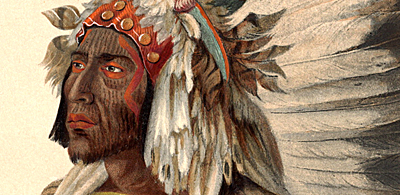Jean Charlot and the Aztecs
One of the books I’m currently reading is artist Jean Charlot’s, The Mexican Mural Renaissance. Written in 1963, the book is a recollection of the French painter’s active participation in the Mexican Mural movement circa 1920-1925. Charlot befriended artists Siqueiros, Rivera, Orozco and others, at a time when their very first murals were being produced.
Charlot himself created fresco murals in Mexico City’s National Preparatory School and the Ministry of Public Education. As he put it, having “assisted at the birth of a national style is a rare event, as well worth recording as the birth of a volcano.” In a passage from his book, Charlot compares Aztec art to Europe’s early 20th century avant-garde, and finds the latter somewhat lacking:
“Early in this century, when the Parisian vanguard, having hacked its way through uncharted stylistic jungles, proudly returned with its strange trophies, the displayed grotesquerie looked familiar and somewhat tame from an Amerindian vantage point. Just having known calli, the Aztec hieroglyph that signifies “house” – a cube of space contained in a cube of adobe – watered down the angular landscapes of Braque and Derain into little more than a mild departure from impressionism. The flat colors of the codices, with raw chromas paired in refined discord, could pass as the goal toward which Matisse of Music and Dance took his first hesitant steps.
The anatomies that Leger put together with ruler and compass were doubtless veering away from Bouguereau, but still had far to go on their semi mechanical legs to equal the frightfully abstract countenance of a Tlaloc or Tzontemoc. Idols combined the moroseness of a 1916 Derain with the mathematical innuendos of Juan Gris. A few were spared in the comparison: Picasso’s evisceration of objects, for example, matched the fierceness of an Aztec ritual knifing.”
What Charlot saw so clearly in the early 1920’s, that Mexico’s ancient indigenous art can be a starting point for a thoroughly modern aesthetic, is still a valid perspective. I addressed this in an earlier post of mine, Aztec Art: Roots of Modernism.


